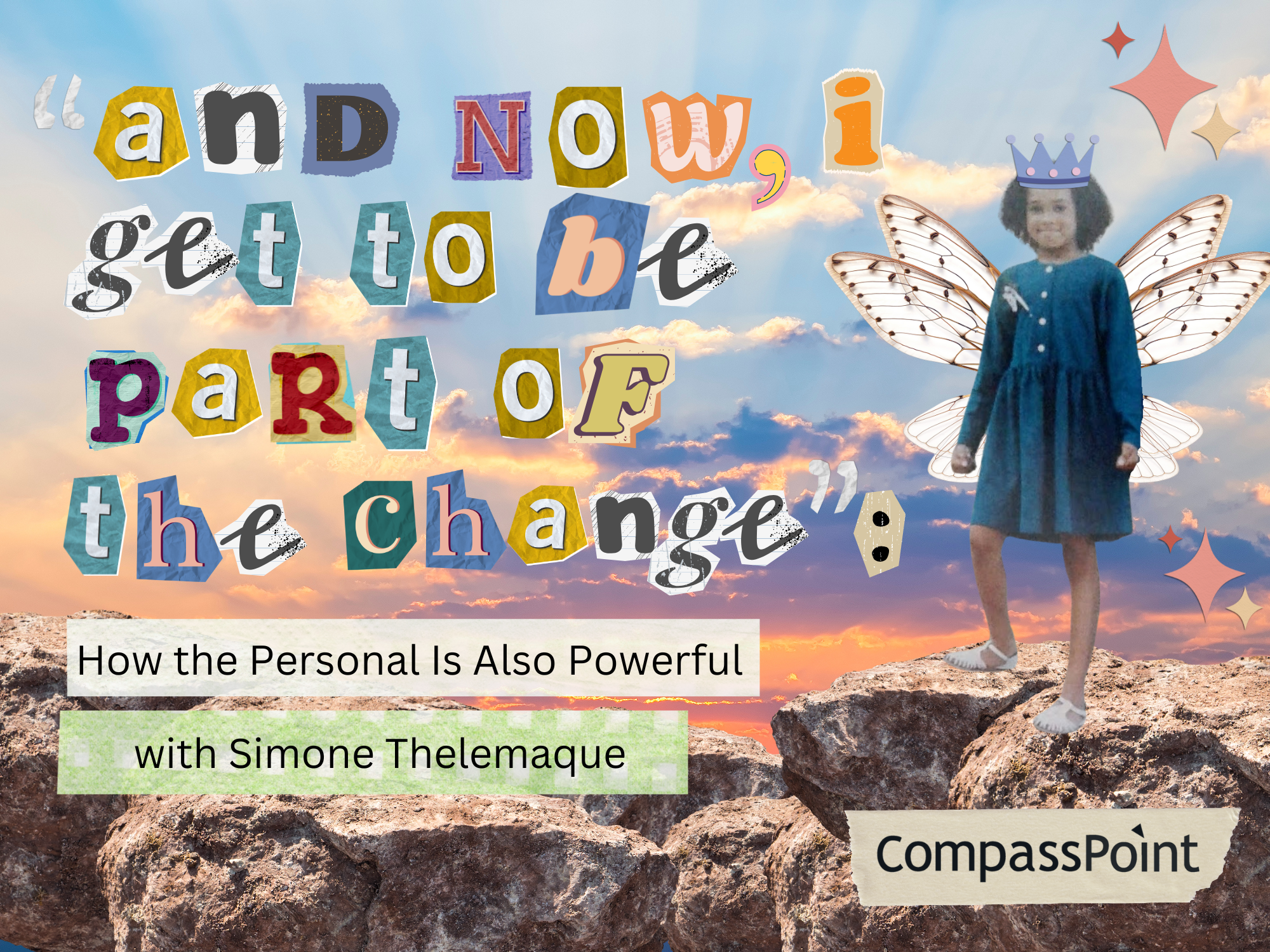Over the past week I’ve watched Dan Pallotta’s TED Talk, “The way we think about charity is dead wrong” ripple throughout the nonprofit sector and beyond.
His core argument, that we should not judge the effectiveness of nonprofits based on our “overhead” rate, is a critical case that many of us in the sector have been making for at least the last decade. I am glad to hear him acknowledge that the nonprofit sector is starved for the capital we need to adequately fuel the growth (when appropriate) and innovation (ability to try and fail) that we need to fully address some of the social problems we are here to resolve. If this talk helps to spark that conversation more broadly – as it appears to be doing, judging by some of the conversation on the comment thread – I’m all for it. If he’s helping people think differently about giving, and about the need to invest in and value nonprofits as a means for social change, great.
But still, in watching this talk, and the response it’s garnered, something has not been settling well with me. Sure, some of it is the lingering unease about the decades-old controversy surrounding his personal profit from the former AIDSRide. But I might even buy into his claim that fundraising efforts of that scale require significant expenses and that net results are more important than profitability ratios. No one is denying that the AIDSRides generated significantly higher results than similar fundraising efforts with less expense.
What Is Left Unsaid
I think what bothers me about the talk is not so much what he says, much of which on its face value I agree with, but what he leaves unsaid. There’s a section where he references the relatively small piece of the private fundraising pie that goes to human services (as opposed to religious institutions, universities, and hospitals that collect the lion’s share of individual fundraising dollars). This is true, but he ignores the other major sources of revenue for this part of the sector – government revenue and earned income, much of which is immediately under attack with the continual chipping away of government revenue and as-yet-unknown effects of the sequester.
In some ways, it’s the timing of the talk that gives me pause. Over the last 40 years, government has effectively outsourced much of its responsibility for health and human services to nonprofits – and we, for the most part, have been happy recipients. After all, we are often closer to the communities we serve and can respond more quickly to people’s needs without having to navigate an entrenched bureaucracy. But if the sequester takes hold as it currently stands, it feels like another hit to a system that has already been slowly chipped away over the last decade. A vast network of nonprofits meeting basic human needs has been established, and now the rug is being pulled out from beneath us. And no one – certainly not the government – is stepping in to offer a solution for how we will address some of the most dire human needs for our most vulnerable populations.
Except, maybe, Dan Pallotta. In this context, as health and human service agencies are losing ground on their most stable and reliable source of income, Pallotta is suggesting that with an investment in fundraising we can raise more dollars for this part of the sector. In the current context, with government support slipping away, it feels a bit like a new tilt to the hamster wheel we’re already on – would we be raising more dollars just to replace those that are slipping out of our mix at the whims of Congress? I for one cannot see true scale in that part of the sector without substantive government revenue, which we continue to cut. If we continue on this path, I do not think that it will be replaced dollar for dollar, no matter how much advertising we do.
Impact of the Growing Wealth Gap
The other thing I can’t help but wonder in watching this talk is how the growing wealth gap impacts his argument. Pallotta may not be able to see this from his stratum of society, but I’m not sure that increasing the “pie” is possible on the scale that he proposes, especially as the economy continues to flounder for all but the wealthiest. I wonder where he thinks these contributions are going to come from – we cannot squeeze the middle class and expect there to be enough donative income available to fuel social change at the scale he rightfully proposes. In this context, with all but the wealthiest Americans living in survival mode, can we truly raise charitable contributions from 2% GDP? Does the fact that they have stagnated at that rate over the last 40 years align at all to what we’ve seen in the growing wealth gap over the same period?
Pallotta argues that there are several ways we as a sector are “disadvantaged” in our efforts to create significant social change. And although his argument implies it, he doesn’t highlight what I see as our greatest “disadvantage” of all: a society in which our values are not aligned with the economic and political systems that could truly help fuel social change on a massive scale.
Shannon Ellis is a Project Director at CompassPoint responsible for consulting and training in finance and strategy.
Additional Resources
- Looking for more great reads on nonprofit management, leadership, strategy, and more? Sign up for CompassPoint's e-newsletters here.
- Donors Forums recently released a short YouTube video "If We Want Our Funding to Change the World" that advocates for more "real talk about the real costs" of achieving impact and what nonprofits need to succeed. Watch the video.
- Read our past blog posts that also touch on the topic of shifting funding and budget conversations to reflect our values as a nation or community: Did You Love Your Taxes This Valentine's Day?" and "Guest Blogger Kim Klein: Building Resilience into the Nonprofit Sector."
Dan Pallotta image: TedTalk
Hamster wheel image: Jim, the Photographer





Submit a comment